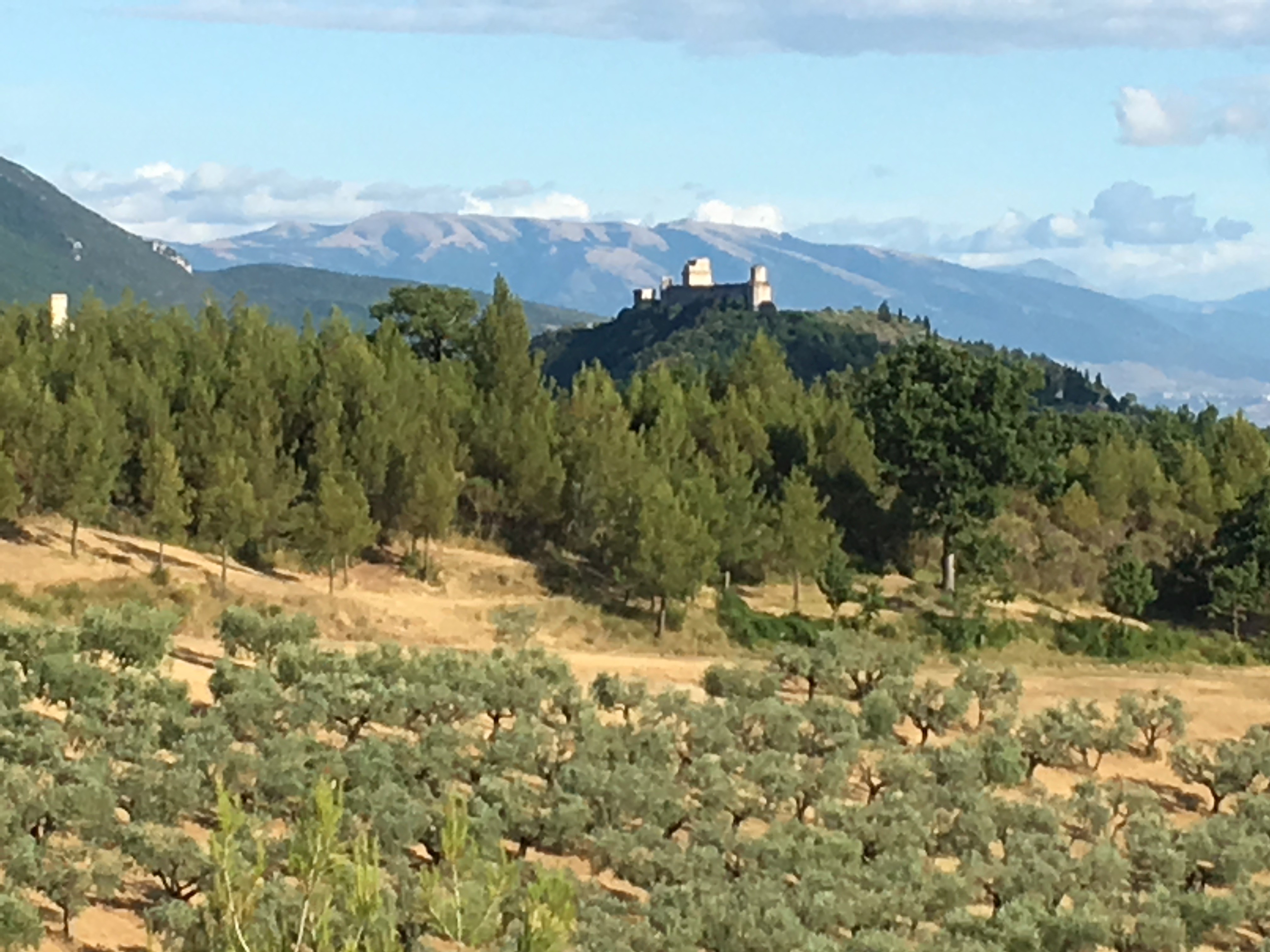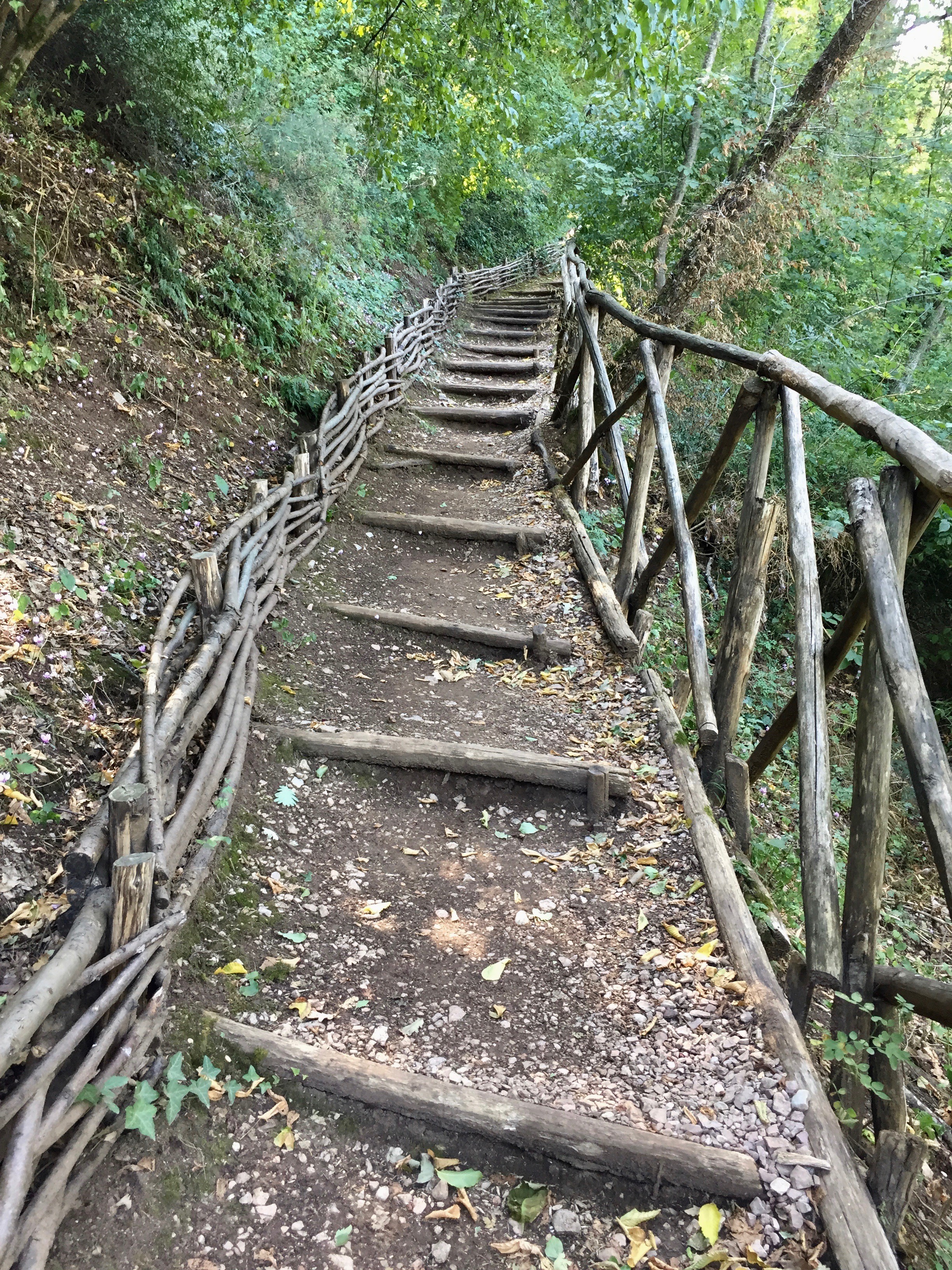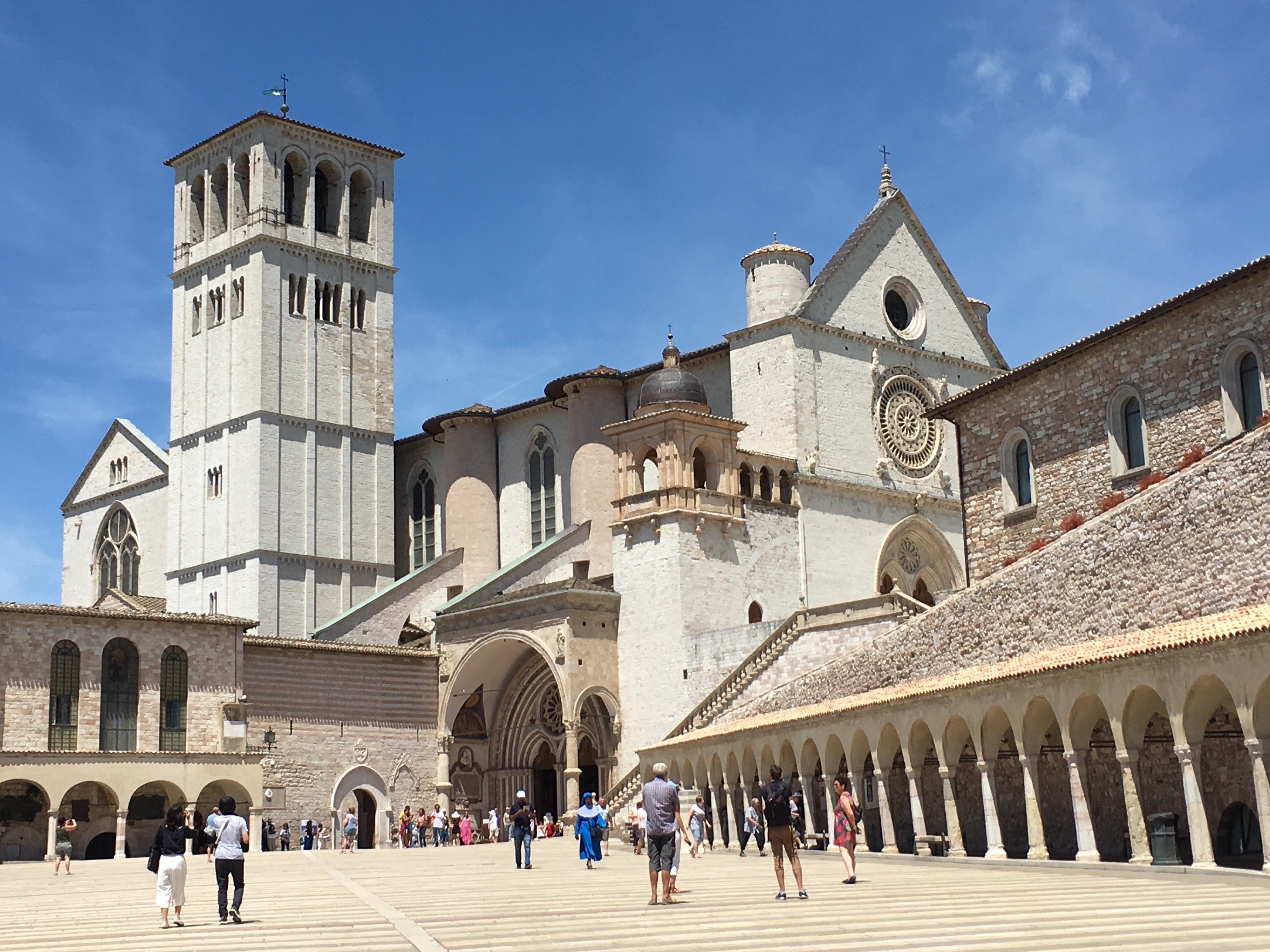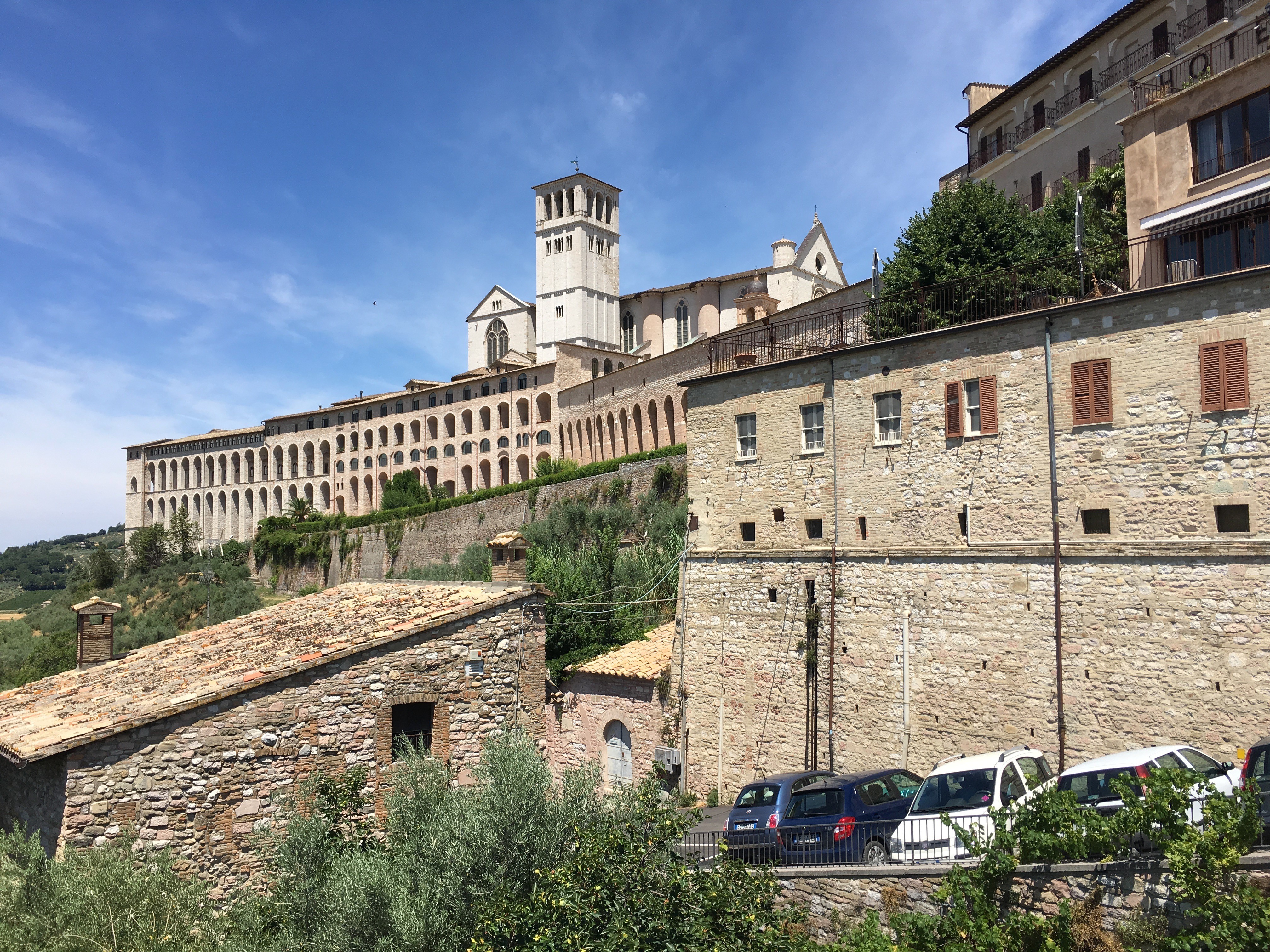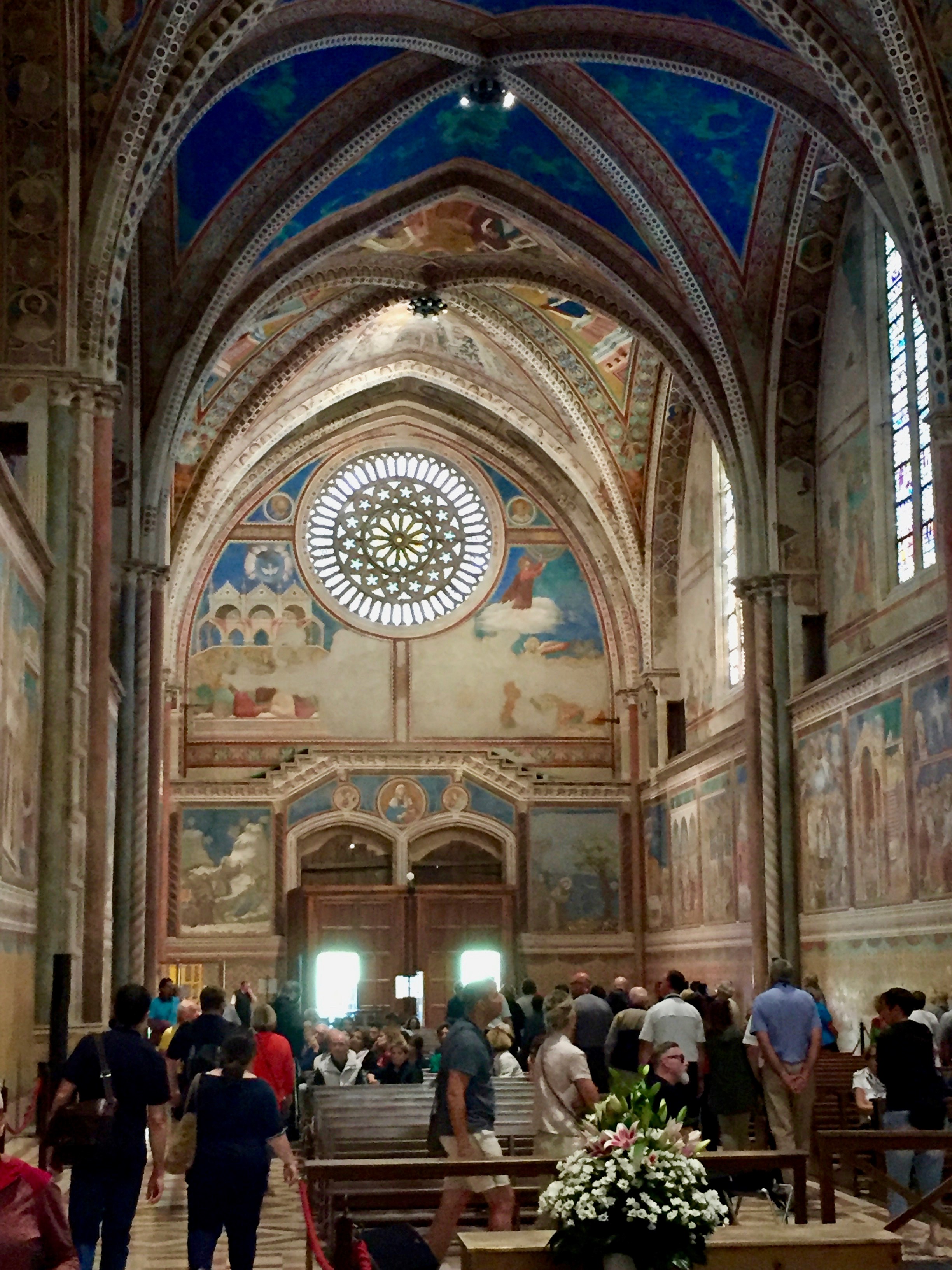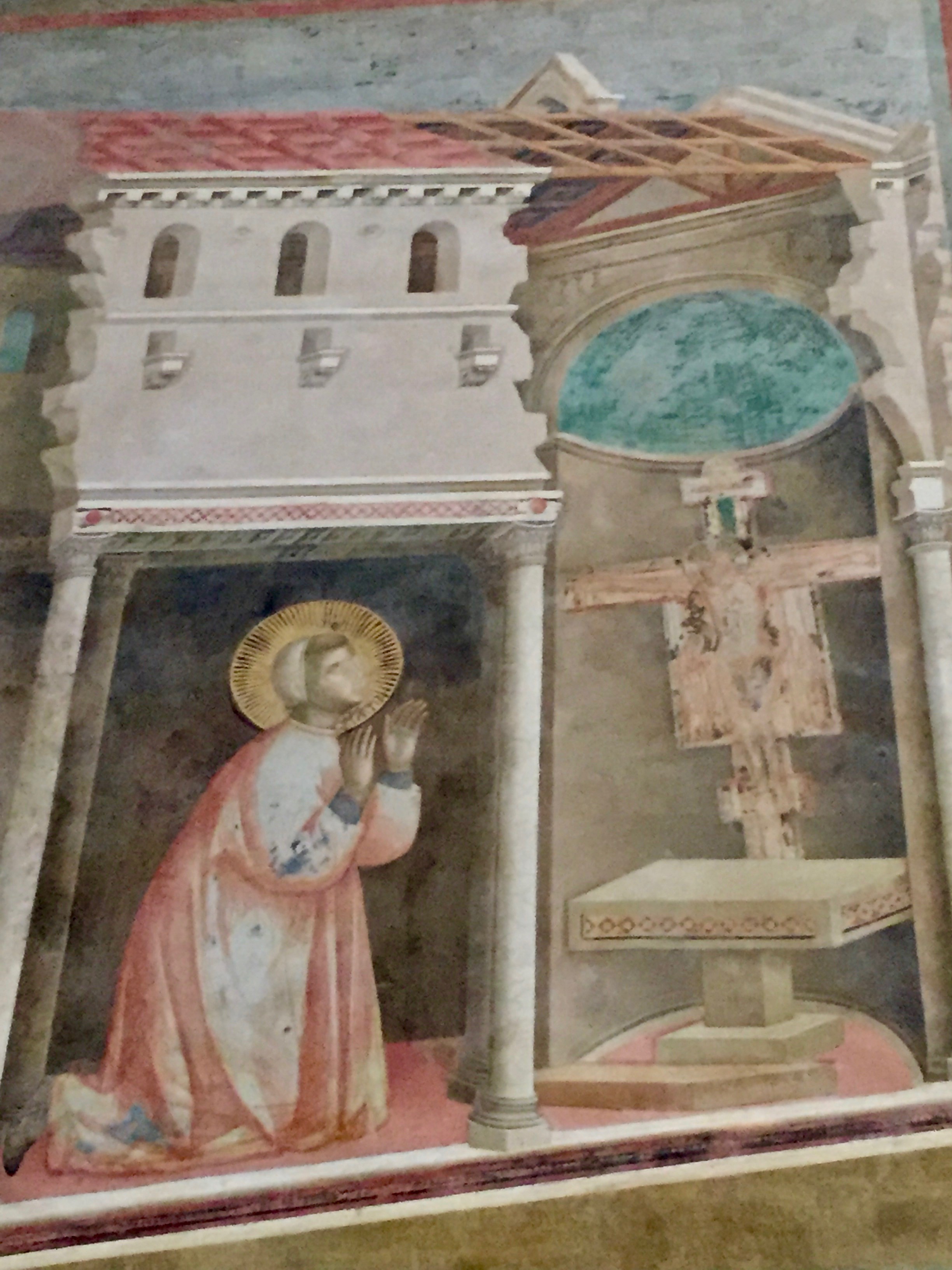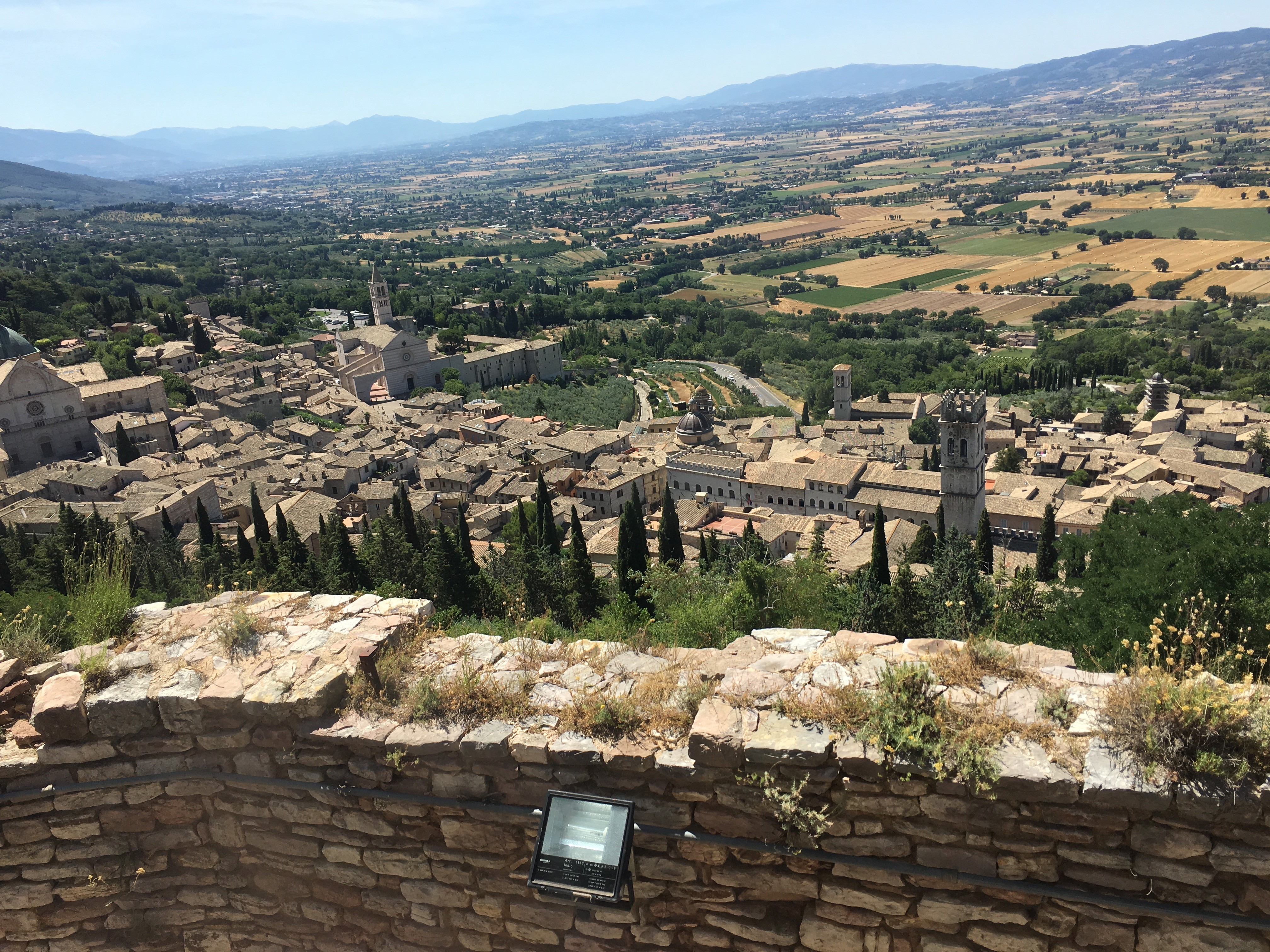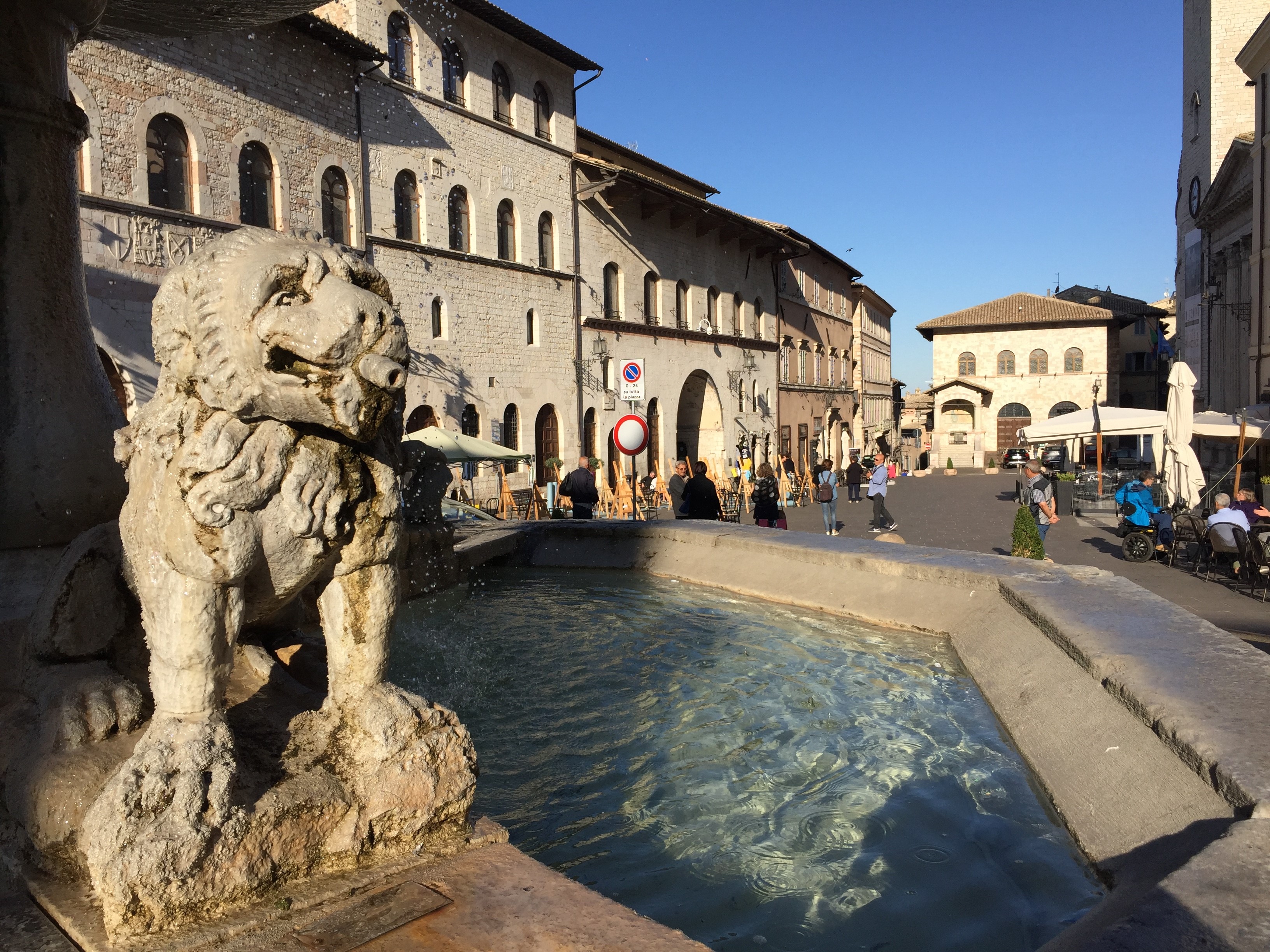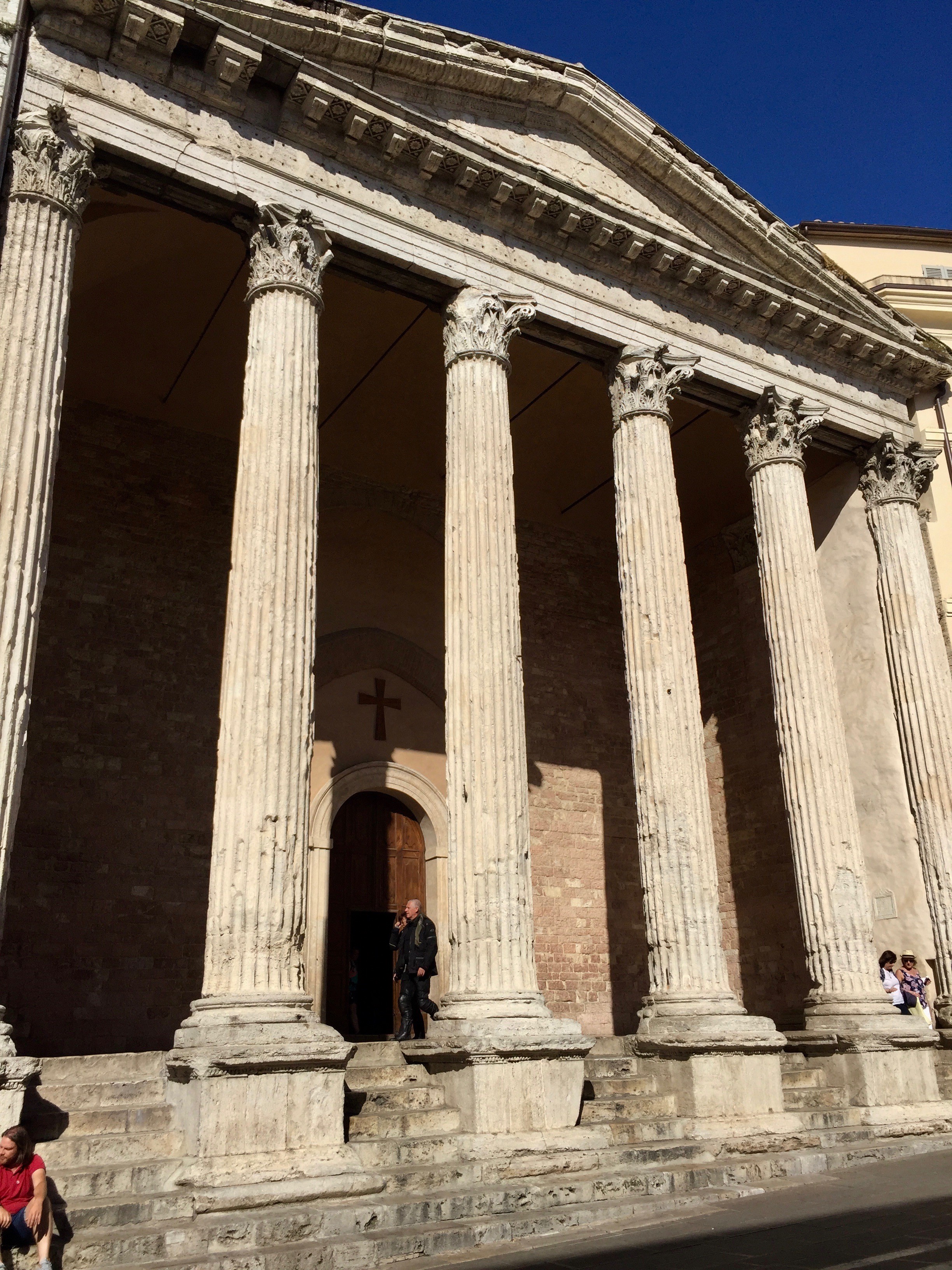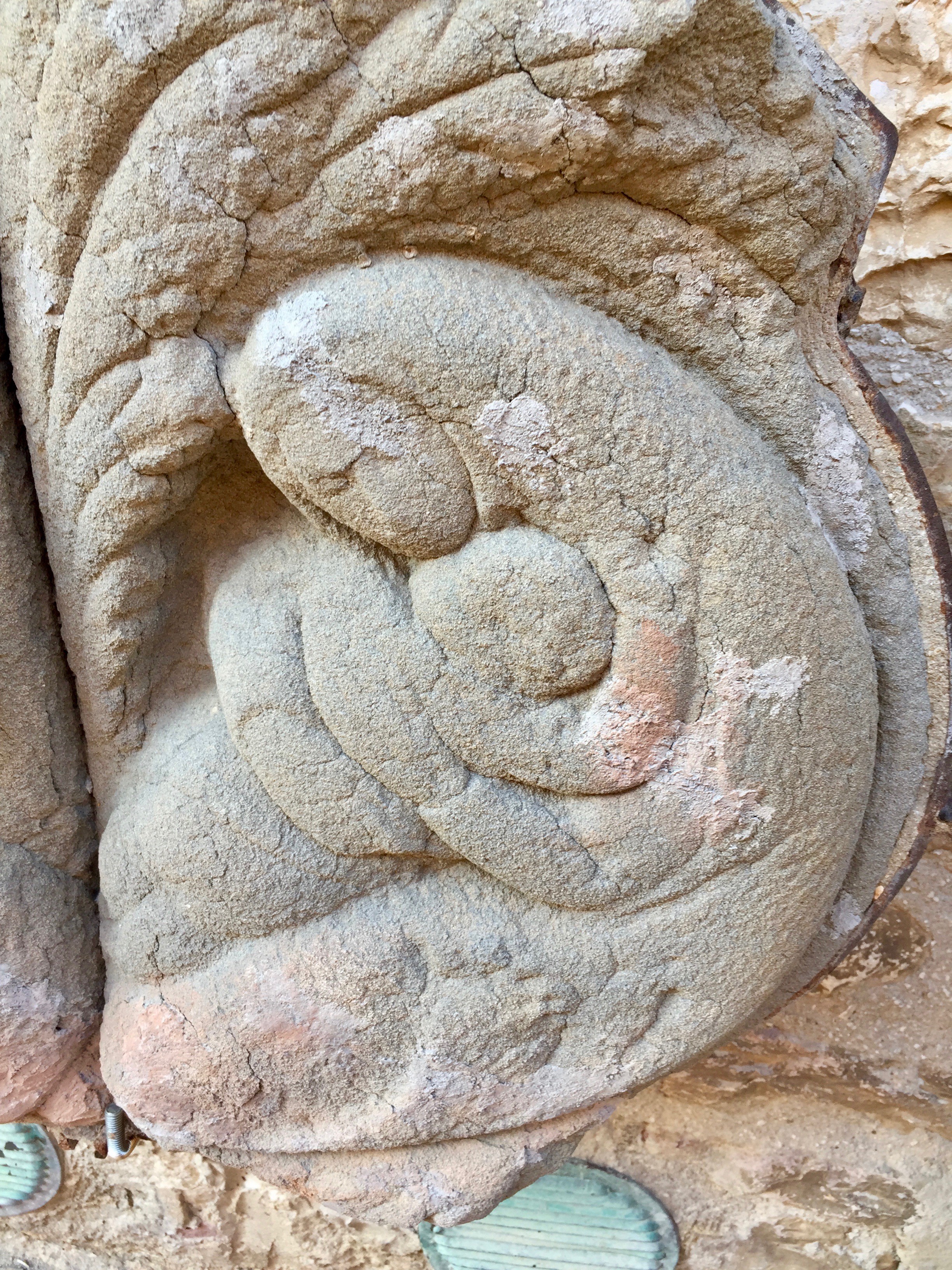(8)
Pilgrimage and the Mind of Simplicity
A pilgrimage is a way to discover who I am. My most important intention is to discover my inner physical and mental landscape. I want to see the narrow confinements of who I think I am and see and experience things as they really are. In order to do that, I need simplicity.
Simplicity starts by taking only the most essential things with me on my pilgrimages. However, mental simplicity is even more important. Suzuki Roshi once said “don’t invite your thoughts to tea.” It is a paradox. On the one hand, it is important to allow whatever is in front of me to arise. The next step, however, is to let it go. So, whom do I invite for tea? For me, it is kindness and compassion. Kindness and compassion are the guests I want to invite and serve tea to as a host. I know I have a long way to go.
Assisi from the distance
Walk through the forest up to Assisi
When I walked up to the town of Assisi, I had chosen a path through the Selva di Franceso, a natural stretch of a forest very similar to the forest of St. Francis’s time. Larks and other birds were singing. Larks were the favorite birds of St. Francis. The steps up the mountain reminded me of my Shikoku pilgrimage, where I walked on innumerable steps up to mountain temples.
I was amazed that the natural beauty was so close to town. The path ended abruptly in front of the 14th century city wall. There was one door. I opened it.
Basilica San Francesco with the statue of St. Francis as a knight
To my big surprise, the famous Basilica San Francesco lay in front of my eyes. The afternoon sun was fully illuminating this imposing building. It is the place where St. Francis is buried. Just minutes ago, I had read a story written by an anonymous author in the 13th century. In this story, Madonna Poverta asked the Franciscan friars to show her their cloister. They took her to the summit of a hill overlooking the Umbrian countryside and said to her “this is our cloister, Lady Poverty.” For St. Francis, nature was his church.
His message is very similar to the words of the Dalai Lama expressed in his book “Ethics for the New Millennium,” printed in 1999. He says his simple faith, his true religion, are love and compassion. He continues, “in this sense, there is no need for temple or church, for mosque of synagogue, no need for complicated philosophy, doctrine, or dogma. Our own heart, our own mind, is the temple.”
Entrance to the lower church, where St. Francis is buried
Simplicity and poverty were of crucial importance to St. Francis. He did not want huge churches, cloisters, and institutions. What a paradox! Having incredible compassion for the outcasts, the sick, the criminals, he asked to be buried on the place where executions were performed, on Calle dell’Inferon, hill of hell. It was the lowest place of Assisi and also the lowest place of society. His last will was followed, but a huge church and monastery were built on this place. The Hill of Hell was transformed into the Hill of Paradise. Giotto and other famous painters decorated the upper and lower church.
View to the complex of Basilica San Francesco and monastery
Upper church with frescos by Giotto di Bondone
St. Francis and his calling to renovate the deteriorated church
I went straight down the slope to the church in order to see the frescos. They are truly spectacular in their freshness and mastery. Then I followed the walk down into the lower church and then even lower to the crypt, where St. Francis is buried. His tomb felt like a huge, massive rock surrounded by little chapels. I remembered the time when I visited the Basilica with my six-year-old granddaughter, Annabella. There is a place where visitors can write down a wish and send it to St. Francis. I asked her if she had a wish. She said, “please tell St. Francis that I will come again!” Her simple answer touched me.
I could only stay in Assisi for two nights, since every hotel was booked because of a big conference. Many places I had seen before and I visited them again. I loved strolling through the city without a plan and just let the atmosphere sink in. There were many tourists, many shops, and many cafes and restaurants – a bit overwhelming after so many days of solitude.
The rooftops of Assisi seen from the castle area
Piazza del Comune
Façade of the Roman temple of Minerva at the Piazza del Comune
It was transformed into a church in the 16th century.
A relief on one of the house facades
Living in quarantine means, for me, living a simple life. I enjoy not having to think about what to wear but simply just choose the most comfortable clothing. Like on a pilgrimage, time becomes more fluid and is not so much controlled by the clock. Strangely enough, days pass faster than ever. I want to use them well.
However, the time of quarantine offers big temptations for the mind by the virtual world. The outside world comes into my small space of quarantine via news, interesting podcasts, free classes and courses. I have to remind myself over and over that this is not life; life in its justness is experiencing the world as it is right now. I can let the news pass through me and not identify with it – not let it settle in my innermost place, my heart.
For me, the most important question is what makes my heart sing. Every day, I am reminded of that question by a painting hanging over my little altar. My daughter Susanne painted it with her daughter, Annabella, as a Christmas present for me. In a yellow circle, a series of green-blue hearts become smaller and smaller until an absolutely tiny pink heart is left in the center. Before my morning meditation, I connect with this tiny, innermost heart. It reminds me that the most important thing in my life is to have an open heart.

